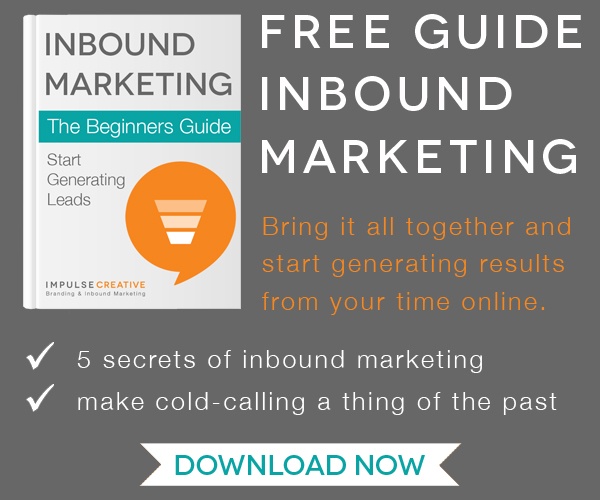The term “clickbait” refers to the sensationalist headlines used to attract readers into clicking onto the article, attracting attention and drawing visitors by less-than-truthful means. With close to a billion live websites online at any point in time, and every one of them competing for attention, tactics have become ferocious, deceptive, and at times, desperate. This is where headlines like “What happens when this puppy discovers his tail? You won’t believe it!” come from.
 While it may be tempting to use headlines like this on your blog or social media platforms, they have no room in a proper inbound marketing strategy. But isn’t attracting new visitors the beginning stage of the funnel? Yes, but let’s look at a few different ways that show clickbait headlines are not the way to get them:
While it may be tempting to use headlines like this on your blog or social media platforms, they have no room in a proper inbound marketing strategy. But isn’t attracting new visitors the beginning stage of the funnel? Yes, but let’s look at a few different ways that show clickbait headlines are not the way to get them:
Engagement Matters More Than Clicks
While it’s fun to check how many people have clicked on one of your content pieces and useful to strategize what kind of pieces you should be doing in the future, these clicks do little to actually bring your company more profits. Inbound marketers have realized it’s not necessarily the number of clicks we should be measuring, but instead the quality and value of those clicks. This is where Lead Scoring comes in; not all blog readers turn into customers. Exactly how they interact after they click onto the blog post is crucial. If you’re creating a misleading headline that doesn’t deliver and the reader leaves your site, there’s no engagement and no potential to turn them into a customer.
You’ll Lose Trust
What do think happens after they click out of your article that failed to deliver what was promised? Odds are they will remember the experience of disappointment next time they see an interesting article headline from your account. You’ve lost the reader’s trust, and in turn, potential business, traffic, or whatever your good intentions might have been.
Platforms are Looking to Combat it
 Since clickbait headlines aren’t really very helpful, and actually work against you, social media platforms like Facebook are actively working against being the carrier for this type of yellow journalism. The goal of the algorithm is to filter out clickbait before members ever have a chance to see it. The first factor that the algorithm uses is how long people spend reading an article after the initial click. If a reader clicks on the link, and returns to Facebook almost immediately, that is a red flag. The second factor is the click to like, share, and comment ratio. If a link has a few thousand clicks and only a handful of likes, that indicates that readers do not find the content valuable, and therefore, don’t feel the need to engage or share with their friends. This suggests that the content is unsatisfying to the reader. By creating a shady headline and hoping to trick people into reading your content, it may actually never get seen at all.
Since clickbait headlines aren’t really very helpful, and actually work against you, social media platforms like Facebook are actively working against being the carrier for this type of yellow journalism. The goal of the algorithm is to filter out clickbait before members ever have a chance to see it. The first factor that the algorithm uses is how long people spend reading an article after the initial click. If a reader clicks on the link, and returns to Facebook almost immediately, that is a red flag. The second factor is the click to like, share, and comment ratio. If a link has a few thousand clicks and only a handful of likes, that indicates that readers do not find the content valuable, and therefore, don’t feel the need to engage or share with their friends. This suggests that the content is unsatisfying to the reader. By creating a shady headline and hoping to trick people into reading your content, it may actually never get seen at all.
Quality Content Always Wins
If clickbait headlines make your potential customer lose trust in you and Facebook is actively blocking your content from being seen, then what good is creating this type of poor-quality marketing? Exactly! Google only ranks quality content. Whether or not a piece of content is considered “quality” is determined by a number of factors:
- Whether or not the content is fresh
- Whether or not it is expert level
- Whether or not it provides the user with a great experience
Clickbait falls short in all of these categories. If you’re looking to really make a difference with your content and boost your ROI, it needs to be quality.
When Facebook asked people in an initial survey what type of content they preferred to see in their News Feeds, 80% of the time people preferred headlines that helped them decide if they wanted to read the full article before they had to click through, not something misleading. You want to build a reputation of being an industry leader, so deceitful headlines have no place in your marketing.
For more expert tips and helpful suggestions, download our free eBook The Beginner’s Guide to Inbound Marketing.
 Remington Begg
Remington Begg